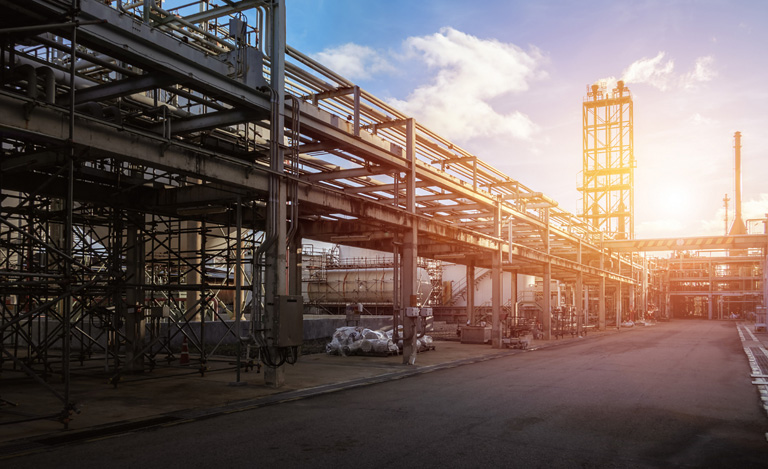

What is Industrial Construction?
Industrial construction, where innovation meets infrastructure! Have you ever thought about how enormous factories and game-changing plants come to life? Get ready to unwind the simplicity behind the complexity as we break down the basics of what exactly is industrial construction.
What do you Understand by Industrial Construction?
The term “industrial” refers to any business that manufactures goods.Industrial construction is a specialised form of construction that focuses on designing, building, and maintaining facilities for industrial activities. These facilities include a broad range of functions, from manufacturing plants and warehouses to refineries and power production units. The primary objective is to create robust structures that can withstand the various demands of industrial processes while paying attention to functionality and safety.
How Industrial Construction Started
The beginnings of industrial construction can be traced back to the beginnings of the Industrial Revolution. The demand for specialised buildings increased as industries expanded due to technological improvements. The emergence of steel-framed structures in the early 20th century transformed the construction environment. These structures provided the necessary strength and durability to withstand the growth of industrial processes.
The transition from primitive facilities to purpose-built, durable buildings marked the beginning of the journey of industrial construction, establishing the backbone of current industrial landscapes.
Two Types of Industrial Buildings
Construction cannot be limited or defined to merely the act or process of building; it can be further categorised according to the types of buildings being constructed. Warehouse/distribution and manufacturing are the two most prevalent types of industrial buildings. Here are a few characteristics that are common in both of them.
1. Warehouse and distribution
Industrial operations rely on efficient storage and logistics. Warehouses and distribution centres prioritise space optimisation, accessibility, and seamless material handling. These structures, which are normally single-story and range in size from 5,000 to hundreds of thousands of square feet, have storage system ceilings of at least 60 feet. They feature loading docks, spacious garage doors, and extensive parking lots to support the transportation of goods via semi-trailers.
2. Manufacturing
Manufacturing plants are purpose-built to host manufacturing lines and equipment, facilitating efficient product fabrication. These buildings hold capital-intensive machinery while prioritising process optimisation, safety compliance, and operational efficiency. Oil, mining, and shipbuilding are examples of industries that make use of such facilities.
How is Industrial Construction Different from Commercial Construction?
Industrial and commercial construction are often confused with each other.
Industrial construction is tailored to meet the specific needs of manufacturing and production processes, emphasising functionality and durability over aesthetics. Industrial construction focuses on specialised conveyance requirements, like 24-hour shipping.
Commercial construction, on the other hand, often prioritises design and aesthetics to create spaces conducive to retail, office, or recreational activities. With commercial construction, like retail stores, consumer access is the greatest concern.
Why is Industrial Construction Sustainable Over Time?
1. Durability- Industrial buildings are designed to endure heavy machinery, high temperatures, and corrosive materials. This durability reduces the need for periodic repairs or reconstruction, which contributes to sustainability.
2. Energy efficiency- With a rising emphasis on environmentally friendly practices, industrial buildings incorporate energy-saving devices. These features, which range from enhanced insulation to smart lighting and HVAC systems, cut energy usage and operational expenses.
3. Adaptability- The flexibility of industrial buildings is essential for long-term sustainability. These buildings may be recycled or enlarged to meet changing manufacturing demands, hence extending their functional lifespan.
4. Waste reduction- Waste reduction methods, such as efficient material consumption and recycling procedures, are included in sustainable industrial buildings. This reduces environmental impact while simultaneously increasing cost-effectiveness.
Conclusion
So, in a nutshell, industrial construction is all about progress and making things that last. Here at PISL, we’re proud to be a top industrial construction company in India for over 12 years. Our industrial contractors work on multiple projects, building parks across millions of square metres. We’re all about creating value, learning new skills, and helping make our country’s infrastructure strong. We love what we do, and we’re excited about the future of construction!

